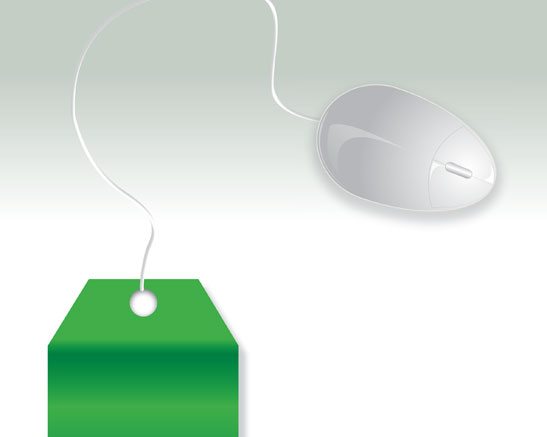In the Web’s early days, self-styled seers proclaimed that the ironclad law of online commerce would be survival of the cheapest. Consumers could compare products with a few clicks of a mouse, these folks said, and thus they’d all soon migrate to the places where they paid the least.
It hasn’t worked out that way.
Rob Kauffman, a professor of information systems at the W. P. Carey School of Business at Arizona State University, says pricing transparency now has become just one part, though a critical one, of companies’ online strategies. Firms have realized that their online relationship with consumers is deeper than just a number. As in brick-and-mortar stores, customers care about the quality and attributes of goods and want to interact online with their retailers and each other. Unfortunately for consumers, however, firms also have come to understand that online systems give them, in effect, a legal way to collude with each other by signaling their pricing intentions.
Unfriendly skies
One of Kauffman’s areas of expertise is the online travel business. Here, more clearly than in many sectors, you can see how firms have become sophisticated in their use of online pricing techniques. An obvious example is the airlines. They’ve experienced the very sort of brutal price competition that was predicted in the early days of the Web.
“It’s easy to describe an airline ticket, and thus we’ve seen extreme commoditization with those,” Kauffman says. “Pennies can put you at the top of a search engine’s price list.”
Airline fares have become so transparent that sites like Kayak.com have emerged that enable consumers to search the search engines. Kayak combs through all of the major travel sites and offers a variety of user-friendly tools people can use to refine and pinpoint searches for the best fares.
Yet even on Kayak, a stated low price isn’t quite as simple as it seems at first glance. Thanks to sophisticated algorithms and the ease of changing information on the Web, airlines tweak their fares constantly.
Their systems also enable them to try to influence buying behavior by, for example, showing seat inventory. Thus, when searching for a fare, a consumer will often see that there is only a small number of seats available at a given price.
“(Airlines) have no incentive to say there are 80 seats at that price,” Kauffman explains. “You’ll see two, three or four. That encourages the consumer to think that something could change in the near future. They’re using psychological tools to get consumers to respond in ways that they have already charted out.”
Prices also can serve as signals among air carriers — as suggestions that they all might want to raise their rates. In theory, an airline can post a higher fare on the Internet, hoping that its competitors will match it. If competitors don’t respond as hoped, the airline isn’t locked into retaining that fare. It hasn’t committed to a print ad campaign or made promises to travel agencies, so it can quickly change the price.
This doesn’t sound all that radical until you realize that in pre-Internet days, airlines could land in legal trouble by trying to coordinate their fares. In a famous incident in the 1980s, Bob Crandall, then-CEO of American Airlines, was accused by the U.S. Justice Department of attempted price-fixing for calling the boss of Braniff International and suggesting that they both raise their fares at Dallas/Fort Worth International Airport. A judge ruled that Crandall hadn’t broken any laws, because he’d only suggested raising fares but hadn’t done it. A similar attempt today would require no telephone call, just a few keystrokes by an anonymous programmer.
Getting to know you
Retailers such as L.L. Bean and Best Buy have responded differently than airlines to online pricing transparency. Instead of developing complicated pricing formulas and changing prices frequently, they’ve typically chosen to use the Web as a way to deepen customers’ shopping experiences. By providing lots of details on features and uses of products, for example, they stymie consumers’ efforts to make head-to-head comparisons. Thus a $49 pair of work pants offered by L.L. Bean begins to look different from a $48 pair of Carhartt jeans sold by Cabela’s.
“Initially, for many companies, the Web was simply a digital catalogue,” Kauffman points out. “Then they realized that there were different ways to represent what they were selling. They also saw that, through all of those transactions, they were learning about their customers’ tastes. So now they had the ability to up-sell and cross-sell and started doing pairing and recommending.”
Travel companies, too, have tried to stress features and thus thwart comparison. They do this by offering fare bundles in which a consumer might receive not only a plane ticket, but also, perhaps, a hotel room, a rental car and even meals.
“It’s impossible to represent those in a way that makes the stated ticket price the dominant issue,” Kauffman notes. “There are just too many variables.”
A version of this article first appeared on Knowledge@W. P. Carey, an online resource from Arizona State University’s W.P. Carey School of Business that offers the latest business insights, information and research from a variety of sources. To read more, visit knowledge.wpcarey.asu.edu.




